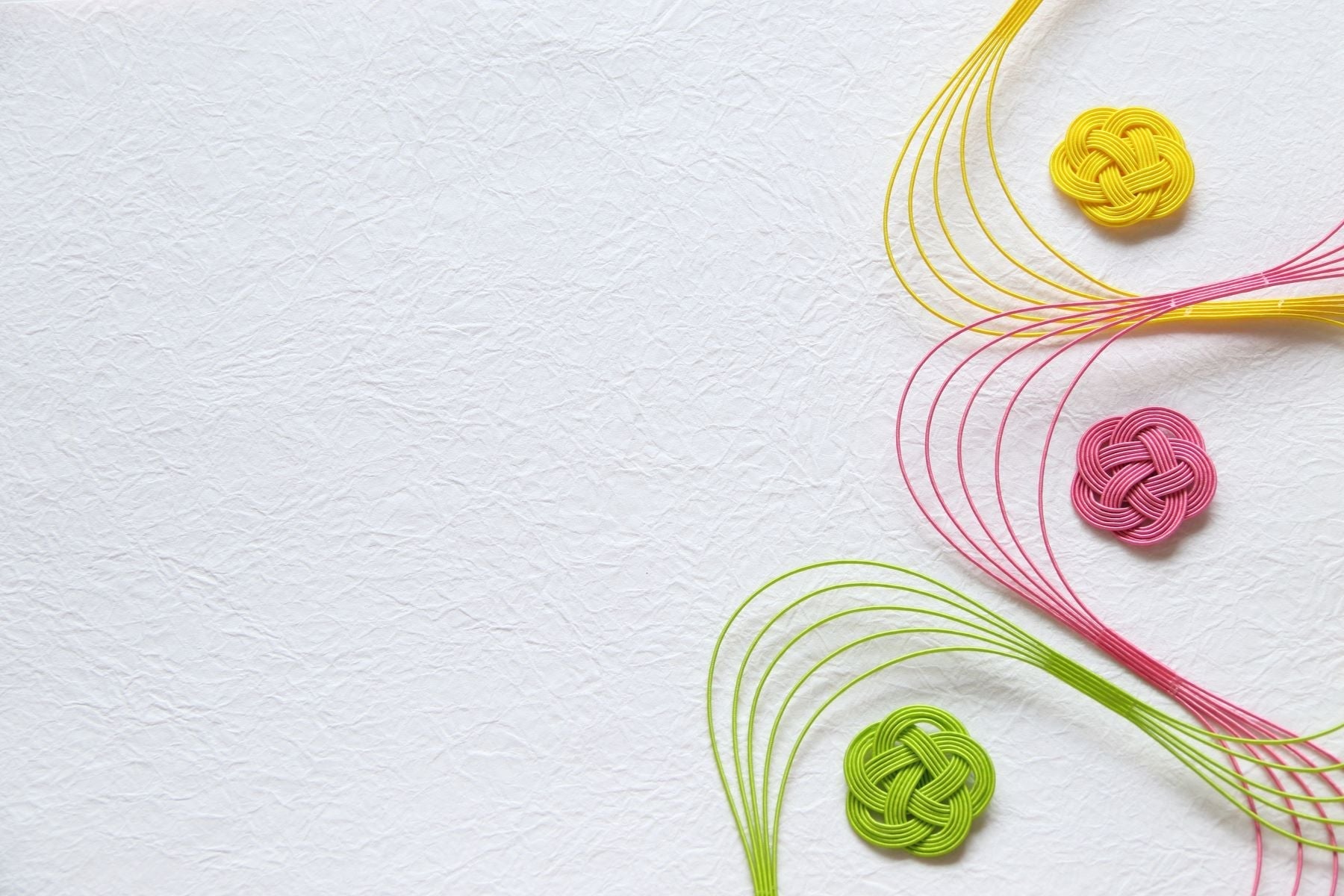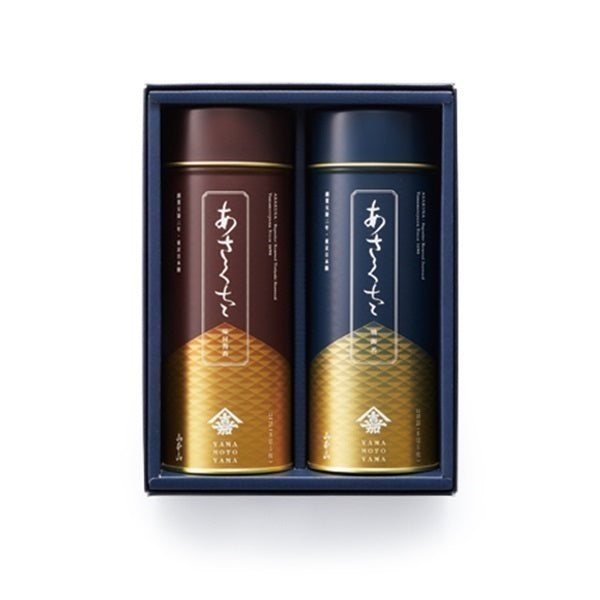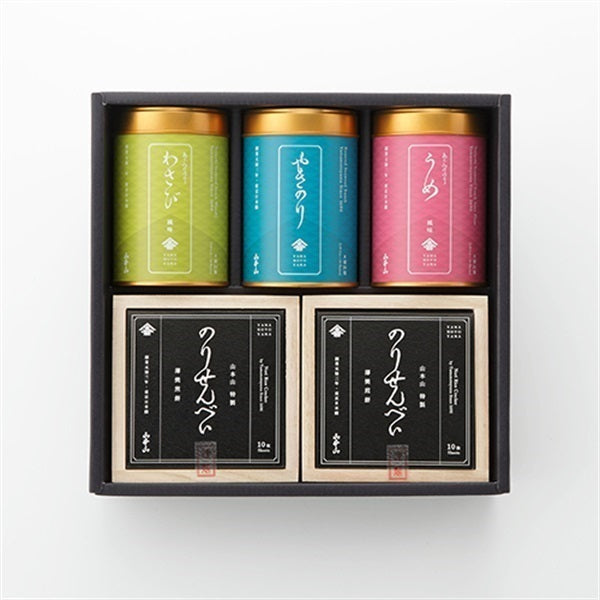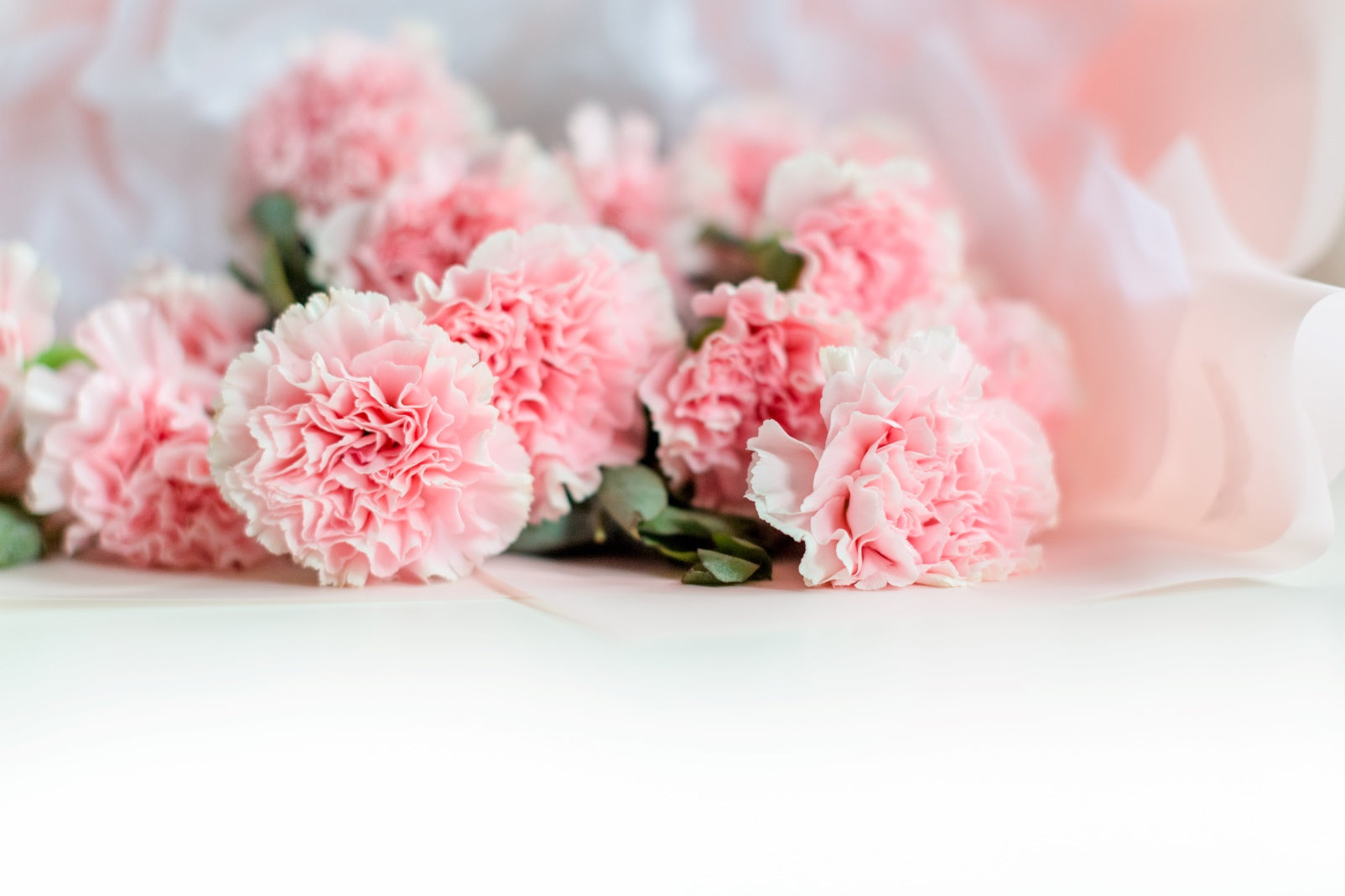
What is Mizuhiki? How to tie it and what it means! Etiquette and basic knowledge for celebrations and condolences
- What is Mizuhiki?
- The meaning of Mizuhiki
- The History of Mizuhiki
- Types of knots
- The types and meanings of numbers
- Mizuhiki Rules and Manners
- Happy occasions and sad occasions are differentiated by the color of the Mizuhiki.
- Types of Mizuhiki Colors
- The number of Mizuhiki is odd for happy occasions and even for sad occasions.
- In some cases, Mizuhiki is not used.
- Finally
What is Mizuhiki?
Mizuhiki is a decorative cord made by rolling Japanese paper into a rope shape and hardening it, and its name comes from the fact that water-based glue is used to harden it.
Made by bundling colorful paper strings in red and white, gold and silver, etc., they are not just decorative in Japan's gift-giving culture, but also serve to convey thoughtfulness and wishes to the recipient.
There are many different ways to tie it, each with its own meaning.
It is not just a decoration, but a profound Japanese culture that gives form to the feelings of giving.

The meaning of Mizuhiki
Hanging mizuhiki not only represents purity, but also has the meaning of firmly tying gifts and envelopes with money, and expressing a wish for the fulfillment of things.
Modern-day mizuhiki is made from cords made of washi paper, but its original purpose was to securely fasten gifts or money envelopes, and thin strips of paper were once used.
In this way, while its shape has changed with the times, mizuhiki has been passed down as a beautiful Japanese cultural asset that conveys people's feelings.

The History of Mizuhiki
The custom of tying mizuhiki on gifts is said to have originated from the red and white hemp string that was tied to gifts brought back to the Emperor by envoys to the Sui dynasty during the Asuka period.
Later, during the Muromachi period, they began to be given as gifts, and by the Edo period, they had spread to the common people.
Originally a strong string used to tie a samurai's topknot, it evolved into a lucky charm that connects people together and wards off evil, and the way it is tied also came to have a variety of meanings.

Types of knots
Mizuhiki is not only used in different colors, but also in different ways to tie it, all of which are strictly determined by the purpose.
There are two main ways to tie knots: a "must-knot" which cannot be undone once tied, and a "bow knot" which can be re-tied any number of times.
"Musubikiri" is generally used for events that are hoped to happen only once, such as weddings, funerals, visiting the sick, and gifts for recovery.
This implies that you don't want to repeat it twice.
On the other hand, bows are widely used for celebrations that are joyous no matter how many times they are given, such as birth gifts, wedding anniversaries, and promotions.
Because it can be untie and retie, it is imbued with the message that it can be worn again and again.

Knotting (square knot, knot stopper)
This is a knot that cannot be undone once tied. This is the most polite form. It is used for weddings, funerals (black and white), and sympathy gifts (red and white), etc.

Bow knot (row knot/flower knot)
This knot can be untied by pulling it and can be retie any number of times. It is used for general celebrations other than weddings, such as childbirth, graduation, and longevity.
Application of knotting▼

Awaji knot
A variation of the knot. It is shaped like an abalone shell and is also called the abalone knot. It can be used for both happy and sad occasions.

Awaji return
This is a knot in which the Awaji knot is tied once and then turned over once more. Like the bow knot, it has the meaning of "repeated many times" and is generally used for celebrations. 
Plum knot
As its name suggests, the plum knot is shaped like a plum blossom. It has meanings such as "strong bonds," "improving fate," and "warding off evil," and is used on auspicious occasions.

Other Mizuhiki
In addition, there is also a type of Mizuhiki called a ring-musubi, which is a type of knot (see the photo above).
This is because the knot is deliberately made into a loop to represent the wish that it will not break.
In addition, the mizuhiki used for betrothal gifts sometimes features a decorative knot called "waves of aging," which represents the fine wrinkles at the corners of the eyes.
This shape expresses the wish for the couple to grow old together and build a long and happy family.
Its curly shape symbolizes the wrinkles that appear at the corners of a couple's eyes as they grow older, and it is imbued with the wish for an eternal harmonious marriage.

There are also a wide variety of types, including gorgeous knots that are even more ornate than the Awaji knot, and beautiful decorative knots that feature auspicious motifs of cranes and sunrises.
However, the formal way to tie a knot is the square knot, and other decorative knots are considered informal.
Just because the mizuhiki decorations are extravagant does not necessarily mean that it is highly prestigious.

The types and meanings of numbers
The number of mizuhiki strands, like the type of knot, is an important factor that determines the meaning behind the gift.
Originally, an odd number of arrows were used for happy occasions and an even number for sad occasions, but nowadays it is common to use five arrows for both, and seven arrows, which gives a more polite impression, are also used.
Since odd numbers cannot be divisible, they have the meaning of "not coming apart" or "not separating", and are used to celebrate happy occasions and bonds between people, with five in particular being the basis for various celebrations.

On the other hand, since an even number of flowers is divisible, they are reminiscent of "separation" or "parting," and are generally used for funerals and condolences.
However, there are exceptions to this rule, such as when giving a wedding gift, five strands of mizuhiki are often combined to make an even number of ten, to represent the union of the two families and the accumulation of happiness.
When choosing mizuhiki, it is important to choose the appropriate number of strands based on the purpose and situation of the gift in order to show your thoughtfulness to the recipient.

Mizuhiki Rules and Manners
Happy occasions and sad occasions are differentiated by the color of the Mizuhiki.
The colors used for mizuhiki include white, red, gold, silver, black, and yellow, and they can be used in one color or in combination.
As you can see, mizuhiki comes in many colors, but the colors used for happy occasions and for sad occasions are clearly different, and each has its own meaning.

Gold and silver or red and white are commonly used combinations for gift envelopes for happy occasions.
Among these, gold and silver are considered to be the most prestigious and are suitable for special occasions such as weddings and celebrations of longevity.
On the other hand, red and white can be used for a wide range of occasions, from wedding gifts to everyday celebrations, and, perhaps surprisingly, are also used when visiting someone in the hospital, to express wishes for recovery from illness.
The red and white mizuhiki that was once seen is also generally used for celebrations. In the Kansai region and other areas, golden and red mizuhiki is also used for celebrations.

On the other hand, when it comes to condolence envelopes for funerals, double silver or black and white envelopes are common, regardless of religion.
Double silver is considered to be of a higher rank and is chosen to express more respectful condolences.
In Shinto funerals, all-white mizuhiki are used, but in some areas such as Kansai and Hokuriku, where Kyoto culture is strong, yellow-white mizuhiki is sometimes used.
In addition, silver-white, solid silver, and solid white mizuhiki are also used for funerals.
It seems that yellow or blue-and-white mizuhiki is also used as a gift of thanks to priests, and depending on the sect, it is also used.
By the way, there is a rule that darker colored Mizuhiki should always be placed on the right side. If it is red and white, the red should be placed on the right and the white on the left. If it is gold and silver, the gold should be placed on the right and the silver on the left, and then tied.

Types of Mizuhiki Colors
Red and white: For general celebrations, such as visiting someone in the hospital. Gold and silver: Mainly for weddings and longevity celebrations.
Black and white: For all funerals regardless of religion Double silver: For all funerals regardless of religion Yellow and white: Mainly used in the Kansai and Hokuriku regions Double white: Mainly for Shinto funerals
*Other combinations include the "red and white" used by the Imperial family and the "gold and red" used for Kadomatsu decorations.

The number of Mizuhiki is odd for happy occasions and even for sad occasions.
For celebratory occasions, the number of mizuhiki strings should be an odd number, such as 5, 7, or 9.
However, the number of mizuhiki used for weddings is usually ten (two bundles of five each, since it represents a couple).
In the case of funerals, the custom is to use an even number of strings, such as two, four, or six, but commercially available mizuhiki is usually made by bundling five strands together, and for wedding gift envelopes, two of these strings (a total of ten) are usually used.
However, according to traditional custom, odd numbers are used for happy occasions and even numbers for sad occasions, and some believe that using two of the commercially available bundles of five strands of mizuhiki (for a total of ten strands) is technically incorrect.
If you respect tradition, on celebratory occasions, remove one strand from the five strands of mizuhiki and use nine strands.
Similarly, in the case of a funeral, the proper etiquette is to remove one strand from the bundle of five and use four strands.
When using mizuhiki in formal situations, it is important to understand its original shape.

In some cases, Mizuhiki is not used.
The following are some examples of cases where Mizuhiki is not used:
1. Thank you to the monk (for a more polite formality)
2. Fire and disaster relief
3. Monthly Fee
Also, at Christian funerals, white envelopes are often used and the inscription "Onkaryo" (Flower Offering) is written on the envelope, but the mizuhiki is often omitted.

Finally
How was it?
Mizuhiki is a traditional Japanese culture that beautifully ties together the feelings of gift-giving and conveys respect and thoughtfulness to the recipient.
Each color and way of tying has its own meaning, and by choosing the right one according to the purpose and occasion, you can convey a more detailed message.
Using the basic knowledge we have introduced here, why not incorporate mizuhiki into your everyday gifts and experience a richer gift-giving culture?




